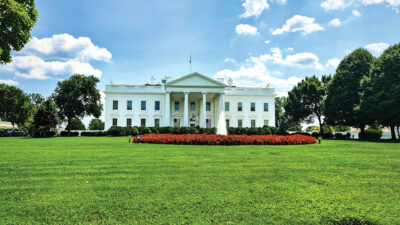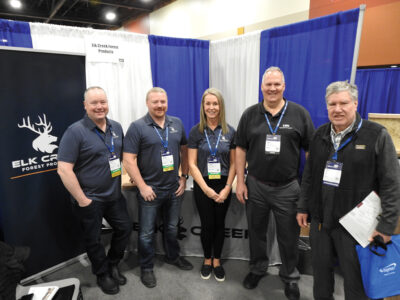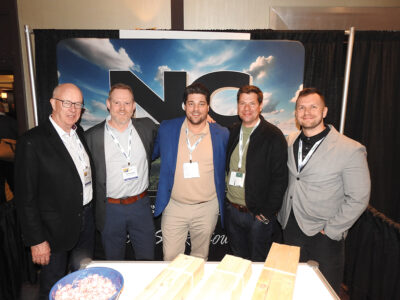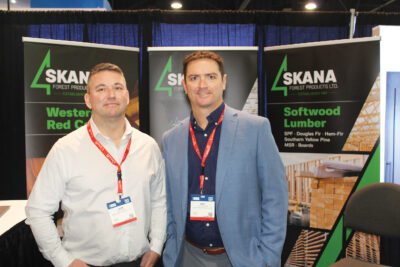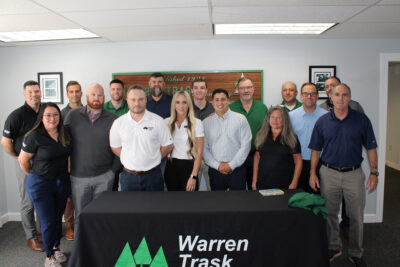By engaging with and educating architecture and design faculty in how to better integrate wood into their curricula and by sponsoring student design competitions, the Softwood Lumber Board is helping to encourage the next generation of architects and designers to build with wood.
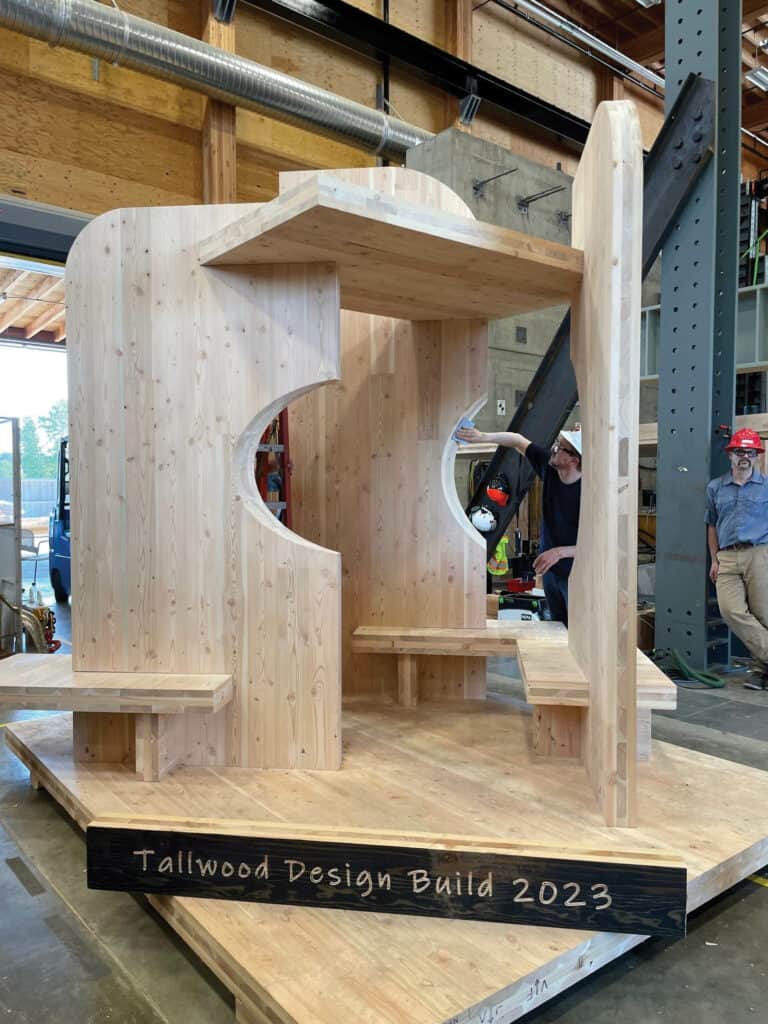
To get a better understanding of the state of architectural education, the Softwood Lumber Board (SLB) recently conducted a survey of architecture and engineering students. It highlighted what we all already know: Postsecondary courses about designing and building with wood lag far behind those relating to building with concrete and steel. Why is this? Part of it has to do with the fact that much of contemporary architecture and design education is rooted in the tradition of capital-M Modernism—taking lessons from the 20th century advancements in architecture that allowed cities to climb to new glass-enclosed heights using these materials. Part has to do with the fact that professors use their own architecture or engineering school buildings as teaching tools, and most of these institutional structures in the U.S. are not made from wood. Part has to do with the fact that much of the landmark material design experimentation in the past few decades has focused on concrete and other materials.
But the why matters less than the reality: Architecture and engineering students in the U.S. are disproportionately NOT learning how to design and build with wood. And when those students become full-fledged architects or engineers, designing buildings for communities around the country, they won’t—even can’t—build with what they don’t know.
That is why the SLB and its funded programs are making a concerted push to bring wood back into architecture and engineering curricula. In 2023, SLB Education is leading a series of faculty enrichment workshops to provide professors with exposure to designing and building with wood that they may not have had in their own careers, with the goal of them taking that information back to the classroom. The first of this series of workshops took place in May at The University of Oregon and Oregon State University’s Tallwood Design Institute. In it, faculty members first held a charette to craft the design for a mass timber pavilion; then, once the mass timber panels had been fabricated by a robotic CNC machine, they assembled the components to better understand the end-to-end process of designing and building with mass timber. The pavilion will be installed on campus and used as a teaching tool for professors to be able to show students real-world examples of building with wood materials. Additional workshops were conducted at Clemson University and UMass Amherst in June.
Ensuring that faculty are better prepared to teach about designing with wood is the biggest hurdle to incorporating wood design into postsecondary programs—the students themselves are already hungry for more information on how to build with sustainable, low-carbon materials, and wood has the best carbon story to tell. Which is why the SLB is also providing students with opportunities to design using wood systems directly, by sponsoring student design competitions.
One such program, the International Student Tall Building Design Competition, administered in partnership with the Council on Tall Buildings and Urban Habitat. The winners of the 2022 competition, which focused on multi-story buildings that optimize the expression of mass timber, were announced earlier this summer; top prize went to Yuchen Wang, a student at the University of Hawaii, Manoa, for their design “Volcano, Hut & Divine Tree”—a cultural center for the Big Island of Hawaii—which incorporates seven stories of mass timber. One of the jurors Edward Becker, himself an associate professor at Virginia Tech’s School of Architecture and Design, noted: “The projects exemplify a diverse, thought-provoking range of timber applications in the built environment. The participation of international students in the CTBUH competition is great to see. Per their respective backgrounds, international students bring diverse social, cultural, and technological approaches to the use of wood, thereby benefiting American students and elevating the overall quality of work produced for future competitions.”
Learning doesn’t stop in school. In fact, in Q1 of this year alone, the SLB’s funded programs – AWC, Think Wood, WoodWorks, and the Wood Institute – delivered more than a combined 50,000 education hours for practicing design and construction professionals. But that continuing education can only be more effective and more far-reaching if more architects and engineers are taught to consider wood design and construction from the get-go. And with more architects and engineers looking to replace higher carbon-intensity materials with wood products, we can reduce the environmental impact of the communities around us.


